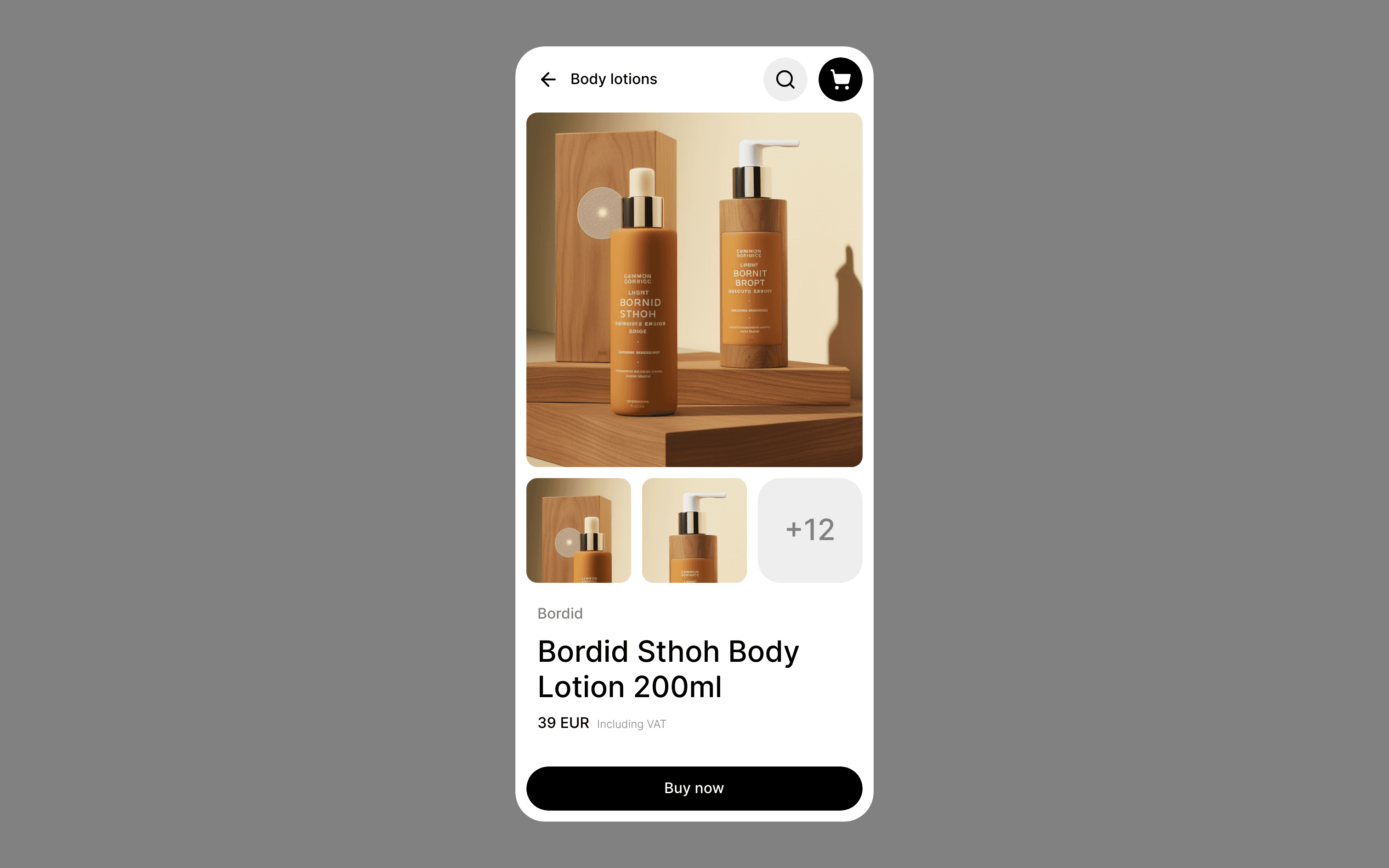Build Design Systems With Penpot Components
Penpot's new component system for building scalable design systems, emphasizing designer-developer collaboration.

Container queries are finally here! Now available behind a flag in the latest version of Chrome Canary, you can go ahead and experiment to your heart’s content. Oh, and if you’re not familiar with container queries then check out this
AI-driven updates, curated by humans and hand-edited for the Prototypr community